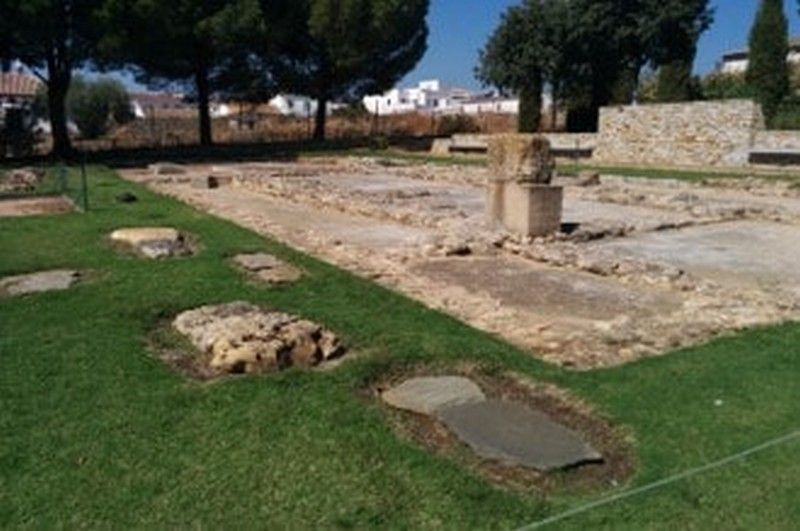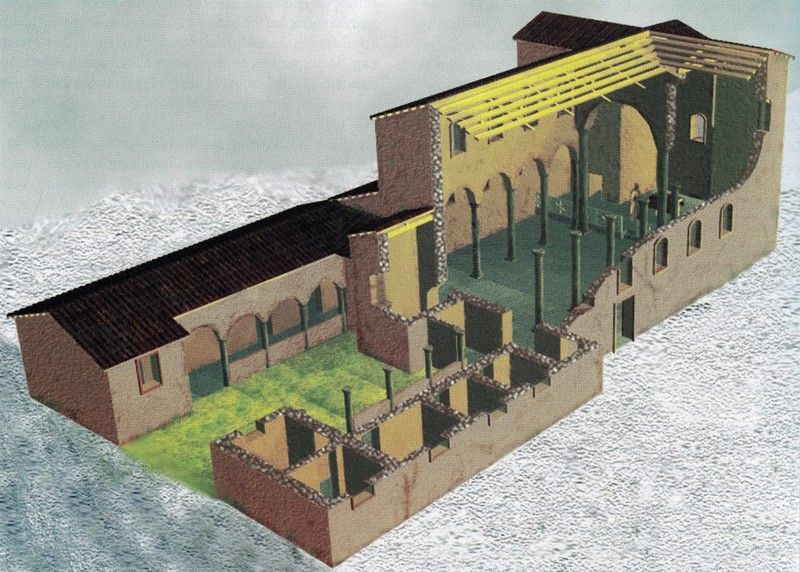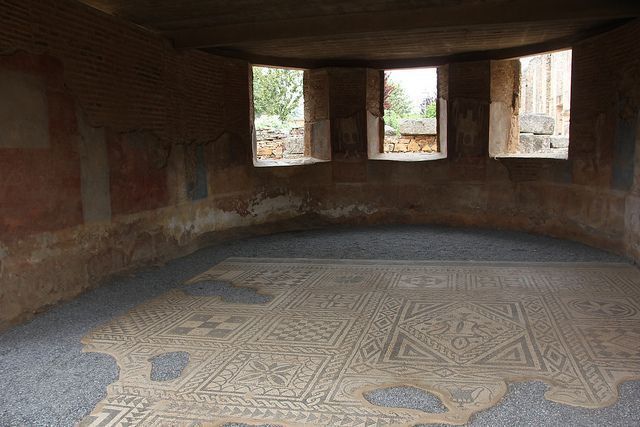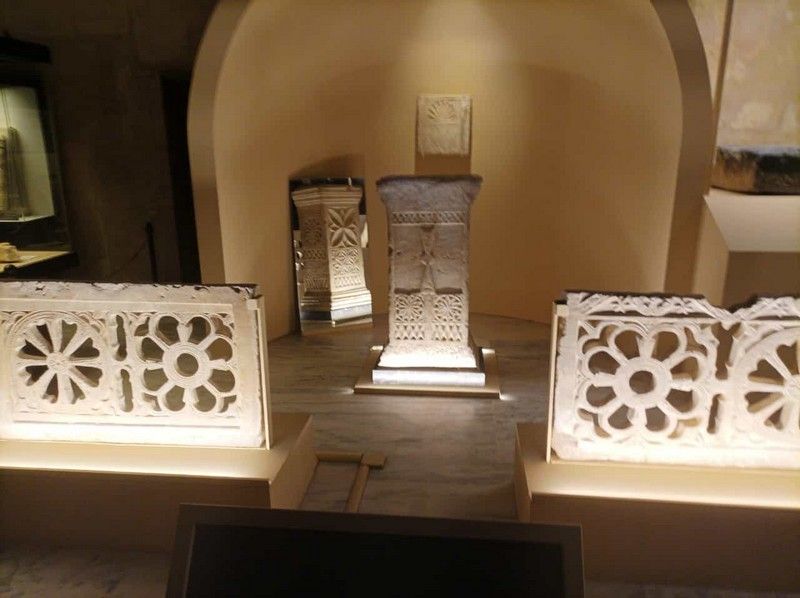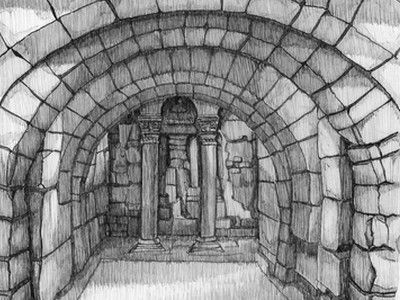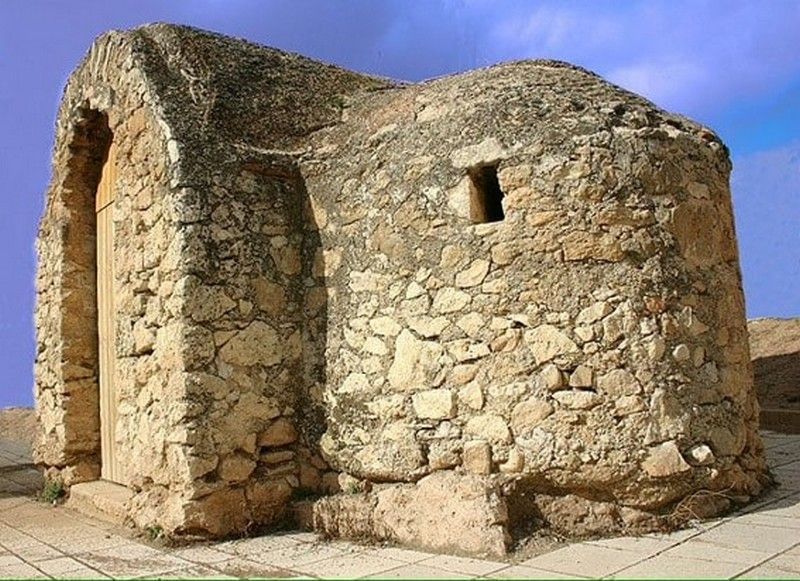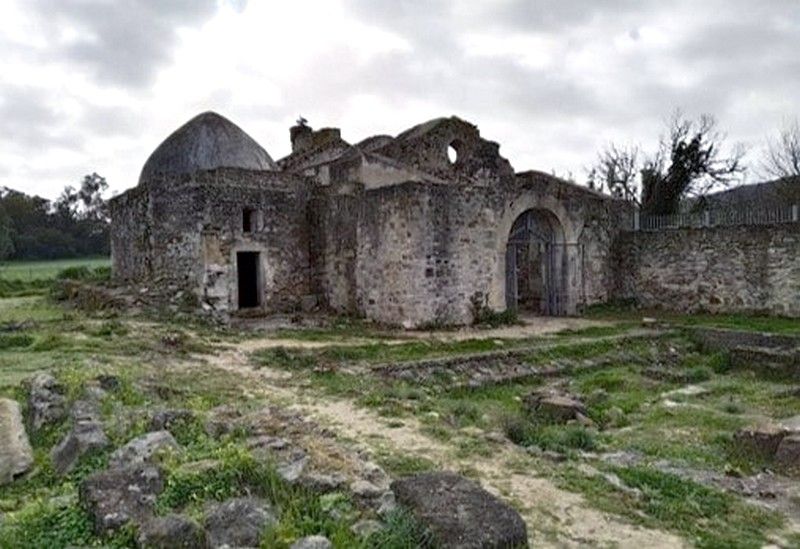Index of files of monuments
BASÍLICA Y CONJUNTO DEL PARQUE CENTRAL DE TARRAGONA
Visigoth - 5th Century, 6th Century - Tarragona
Between 1994 and 1997, a very devastated paleo-Christian archaeological complex was excavated on the outskirts of Tarragona, right next to the large paleo-Christian necropolis located in the Tobacco Factory, to which it was linked or connected by an old suburban road. Thus, both sites could be considered a single group, renamed by the most recent research as Francolí Paleochristian Group. The topographical situation of the site outside the walls of the Roman city is significant, in a suburb where some villas and other buildings had already been established in imperial times, as well as part of the funerary area that surrounded the city. Later, during the second half of the 4th century, a residential villa or suburban domus was built on the site, a sector of which was reused as a necropolis once it fell into disuse.
BASÍLICAS SUBURBANAS DE AMPURIAS
Visigoth - 5th Century, 6th Century - Gerona
Emporion was an urban nucleus founded as a Greek commercial colony that continued as an urban entity during Roman rule and that the archaeological campaigns of recent decades and new research reveal the continuity of settlement until the Muslim invasion and stand out as the only headquarters Late-Ancient Episcopal church of this coastal area, where, in addition to an intramural basilica, several suburban churches of great importance have been found, which we present here.
CARTAGHO SPARTARIA
Visigoth - 6th Century - Murcia
The origin of the Byzantine Carthago Spartaria can be found in the year 552, when the Visigothic nobleman Atanagildo asked the Byzantines for military aid, who with Justinian in power had expanded through Italy and North Africa, to confront King Agila. . With the victory and subsequent coronation of Atanagildo, these Byzantines receive as a reward a series of territories in the south of the Iberian Peninsula, a coastal territory from Malacca (present-day Malaga) and Cartago Nova (Cartagena). The capital is established in Cartago Nova, which changes its name to Cartago Spartaria. During those 61 years, the city recovered its Latin character, with the restoration of public buildings and palaces, the restoration of Roman customs, and the religion continued to be Catholic, although with Byzantine rites.
Casa Basílica de Mérida
Visigoth - 4th and 5th centuries - Badajoz
Located upon part of the theatre, it is a two nave building separated by a wall that connects each other through a lateral door, and two apses of the same width as the naves. Part of the pavement has been preserved with geometrical drawings and paintings on thw walls with heathen motifs. Apparently it was later turned into two attached churches.
CENTRO ARQUEOLOGICO DE L’ALMOINA
Visigoth - 6th Century - Valencia
The area of the Plaza de l’Almoina, both for its richness and for its state of conservation. Located in the heart of the historic city, it is an exceptional platform for exploring monumental Valencia, where we find buildings from the various cultures that have settled in Valencia, from its foundation by the Romans in 138 BC, to the Muslim era. going through the first Christian times and the Visigothic period.
COMPLEJO RELIGIOSO CRISTIANO DE MÉRTOLA
Visigoth - 6th Century - Alto Alentejo
Sur le versant nord de la Colline du Château se probably trouvait le forum de la ville de Myrtilis, où du Ve au VIIe siècle, un ensemble d’edifices religieux dédiés au culte chrétien fut construit sur la plate-forme nord de la muraille de Mértola , au-dessus de la ancien forum romain. Parmi ces monumental buildings, a portique, two rectangular baptistères with an octagonal bassin with the marches in the center, a basilique and a cryptoportique transformed into citerne ont été découverts.
CONJUNTO ARQUEOLÓGICO DE CÁSTULO
Visigoth - 7th Century, Siglo IV, 6th Century - Jaén
The Cástulo archaeological complex collects archaeological evidence from the Bronze Age to the 14th century. It is one of the most important archaeological sites in the Iberian Peninsula, with special prominence in the Iberian and Roman times. It highlights the existence of one of the oldest Christian buildings in the Iberian Peninsula, dated to the 4th century AD. and in which the paten of Christ in Majesty was found.
CONJUNTO EPISCOPAL DE TARRASA
Visigoth - 7th Century - Barcelona
Tarrasa, the ancient Egara, was episcopal see in the Visigothic period, between 450 and 711. This ensemble of three churches, the cathedral dedicated to Virgin Mary, the baptistry to St. Michael and the parrish church to St. Peter, was traditional with the bishoprics of that period so, although they have been built upon rests of previous constructions and partly rebuilt in the Romanesque period, they are considered to belong to the period when it was a bishopric.
Corduba (Córdoba)
Visigoth - 7th Century - Córdoba
Córdoba was one of the most important cities in Spain throughout the Middle Ages. The classic city, Colonia Patricia, slowly transformed into another type of city, especially in two crucial centuries, the 6th-7th centuries. While the walled enclosure remained, the city grew beyond its walls and the orthogonal street with classical roots was largely dismantled, certain roads were privatized and new ones were created that did not maintain the old regularity. There are reports of many churches founded in those two centuries, all of them disappeared during the Muslim denomination.
CRIPTA DE SAN ANTOLIN
Visigoth - 7th Century - Palencia
It is under the cathedral of Palencia to which it gave rise. It seems it formed part of a larger construction, possibly with a double apse similar to the mausoleum of La Alberca. At present it consists of three irregular sections connected with large horseshoe arches that spring out from the floor. The last section is blocked by a wall behind three little arches upon columns with capitals and Visigothic cymatiums.
CRIPTA DE SAN VICENTE
Visigoth - 6th Century - Valencia
In the archaeological investigation carried out in the surroundings of the 15th century chapel called San Vicente Prison, a fully vaulted Visigothic crypt appeared, dating from between the 6th and 7th centuries, which preserved a cross-shaped Visigoth funerary chapel, formed by an apse, a transept nave and a main nave, with a dome over semicircular arches at the intersection of the naves. The set included three tombs, one on the floor in the center of the transept and the other two in cists built with large stone bands that exist in two corners outside the building.
EL CASON (JUMILLA)
Visigoth - Siglo IV - Murcia
The late Roman pantheon called El Casón is located in the area “Tras el huertecico”, on the outskirts of Jumilla. It forms part of the old Roman site together with the villas of Los Cipreses, El Pedregal and other remains that have been appearing in this town. To locate this small family mausoleum, once inside the city of Jumilla, you have to go to the southwest of the hill of the castle, reaching the neighborhood of San Antón. The monument has been integrated into a small square where it is contemplated exempt and passes the avenue of the Casón.
EL CASTRO DE ARMEA y EL”FORNO DA SANTA” (R)
Other Styles - 4th and 5th centuries - Orense
In the surroundings of Santa Mariña de Aguas Santas we find several monuments of great interest and related to the legend of the Santa: a Roman road used in the Middle Ages as part of the Camino, an important Roman city where Mariña lived and the furnace, later covered by a Templaque, in which according to that legend survived to all the tortures without giving way to the head of Olibano, was transformed into a high position.
Ermita de la Virgen del Val
Visigoth - 7th Century - Soria
An hermitage totally redone in the 12th century, formed by a nave and a narrower apse, separated by a a triumphal arch, that is now a semicircular one. It preserves multiple remains of imposts and other elements, decorated with bevelled geometrical drawings, similar to the friezes in St. Juan de Baños. Although there are doubts that they may come from other places, for the quantity and location in the present building, the Visigothic origin of the church seems more probable.
ERMITA DE LOS SANTOS MARTIRES
Visigoth - 7th Century - Cádiz
Located in Medina Sidonia (Asidonia), was definitely taken from the Byzantines in 571 by Liuvigild. Only remains from the decoration may be seen in the present hermitage, among those, an inscription in a Roman altar that tells us it was built by the bishop Pimenio in 630. Two slabs have been preserved, one dedicated to the commemoration of several martyrs in 620, the other one from 687, an interesting horseshoe arch and other Cordovan type decoration remnants.
ERMITA DE SAN AMBROSIO
Visigoth - 7th Century - Cádiz
In an area located at the mouth of the Barbate River, where remains have been found since the arrival of the Phoenicians and which was of great importance in Roman times, reaching its maximum splendor between the 3rd and 5th centuries of our era, is this hermitage, built around the 7th century, on the remains of an ancient Roman villa. Although it has undergone many modifications, the most important in the 15th century, a large part of its original structure has been preserved, a nave with an apse and two compartments on its sides, a tower and a small side chapel from a later period.
ERMITA DE SANTA CRUZ DE MONTES
Visigoth - 7th Century - León
This centre of hermitage life lies in the surroundings of the Valley of Silence, where St. Fructuoso retired to pray in the 7th century. It was built during that century, destroyed after with the Arab invasion and rebuilt at the beginnings of the 9th century and of which, after the reconstruction in the 18th century, only remain embedded in the small rural church, three Visigothic pieces of great interest: a foundational inscription -stolen in 2007-, a window with drip cap and a piece of an inner door.
ERMITA DE SANTA MARÍA DE VALCAMINO
Visigoth - 6th Century - Madrid
Remains of the church of an early medieval monastery of three naves with double apse that resembles the churches visigodas North African as Vegademar’s Basilica in San Pedro of Alcántara. Excavated in the last years and still in study to determine his origin, it has been protected creating with her a small archaeological park that makes his visit very attractive.
IDANHA-A-VELHA
Visigoth - 6th Century - Beira Interior Sul
Of the Roman epoch of Indanha-a-Velha there has received documents the forum, thermal baths, domus, I moderate and wall. An episcopal group alters this landscape in epoch tardoantigua, from the 5th century, raising a church – cathedral, baptistry and residences, between other buildings, which there is his time they have met modified in the 8th century.



